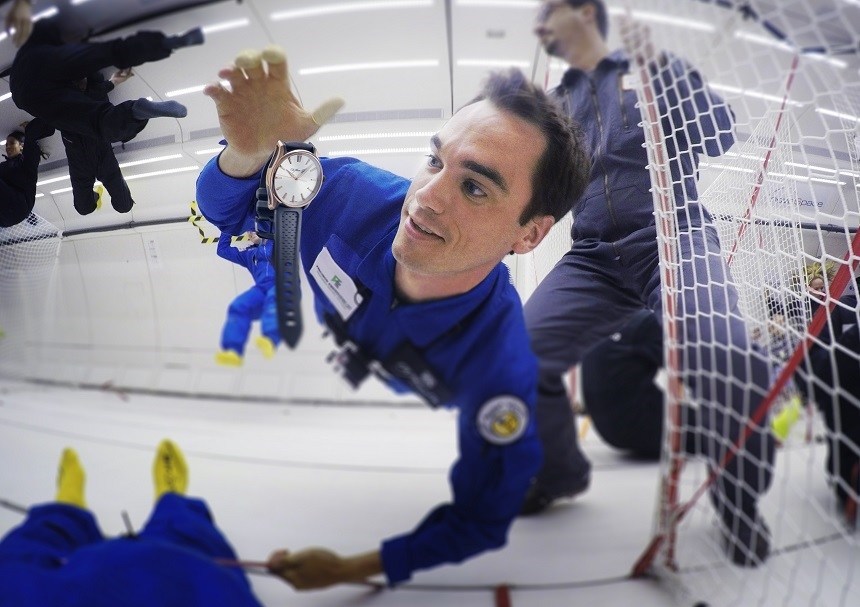
There can be little doubt that Heinrich Moser never foresaw the conditions under which the descendants of his first timepieces would be tested 187 years after the foundation of the company in 1828. Based in Neuhausen, Switzerland, H. Moser & Cie. manufactures hairsprings and regulating organs, which feature in their 8 in-house calibres as well as the wares of their partner companies. Despite having just 50 employees, the company is no stranger to world-firsts. Last month, on September 22nd, H. Moser & Cie. took part in the first Swiss parabolic flight. With the assistance and expertise of the Swiss Air Force, the performance of watch components featured in the newly released H. Moser & Cie. Pioneer collection were tested in a weightless environment. The flight was made possible by Witschi Electronics and in-flight support from engineer Johannes Mayr.
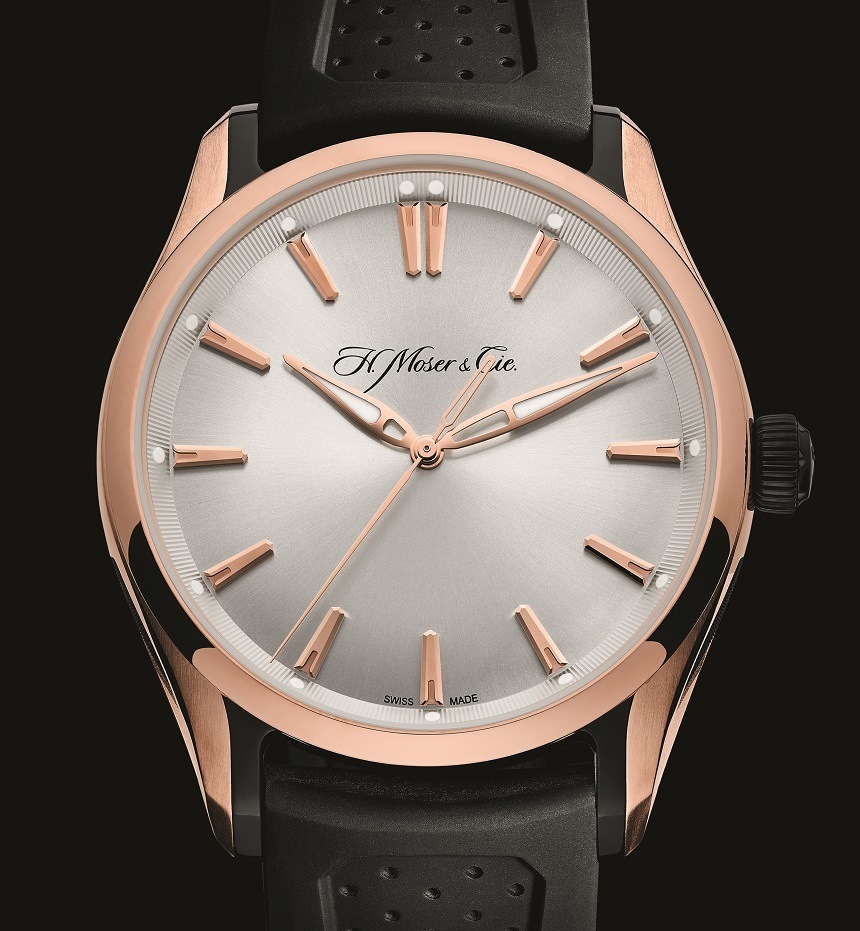
In order to achieve weightlessness and experience a zero-gravity environment, a fixed wing aircraft follows an elliptic flight path relative to the center of the Earth. During the course of its flight, the aircraft and its payload are in free fall at specific points. The aircraft ascends with a pitch angle of 45 degrees using thrusters and elevation controls. Weightlessness is achieved by reducing thrust and lowering the nose to maintain a neutral (straight and level) configuration. Weightlessness is experienced during the ascent and continues until the aircraft reaches the zenith of its trajectory, before the nose of the craft is pointed downward at a pitch angle of 30 degrees, at which point, the descent begins again in order to repeat the manoeuvre and sensation. Such craft are used for acclimatising astronauts to life in zero-G conditions, but it is highly unusual for watch components to be put through such an ordeal. The flight path gives the passengers about 25 seconds of weightlessness out of 65 seconds of flight during each “parabola.” It is very common for passengers to feel nauseous during the experience, which is how the craft have earned the nickname “vomit comet.”
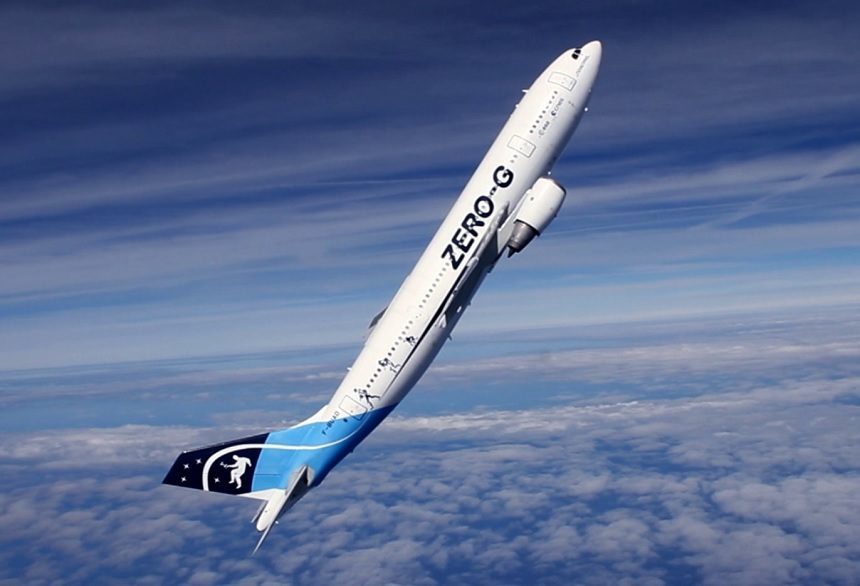
Thus, H. Moser & Cie. faced-down two challenges: First, they had to ensure the consistent and accurate performance of their timepieces, fitted with a paramagnetic hairspring and variants of hairsprings with a Breguet overcoil. Secondly, they had to hope that none of their technicians or guests threw-up and rendered the watches illegible. While the outcome of the latter concern will be left to your imagination, it seems the components themselves coped rather well with the experience. This test was made possible and eminently useful thanks to the assistance of Precision Engineering AG, a member of Moser Watch Holding AG. Precision Engineering AG (PEAG) is a specialist in watch escapement production and one of the only companies in the world capable of manufacturing the alloys used in the production of self-compensating hairsprings. An independent company, PEAG was incorporated into the Moser Watch Holding AG in 2012, justifying the company’s claim that their escapement components are their own.
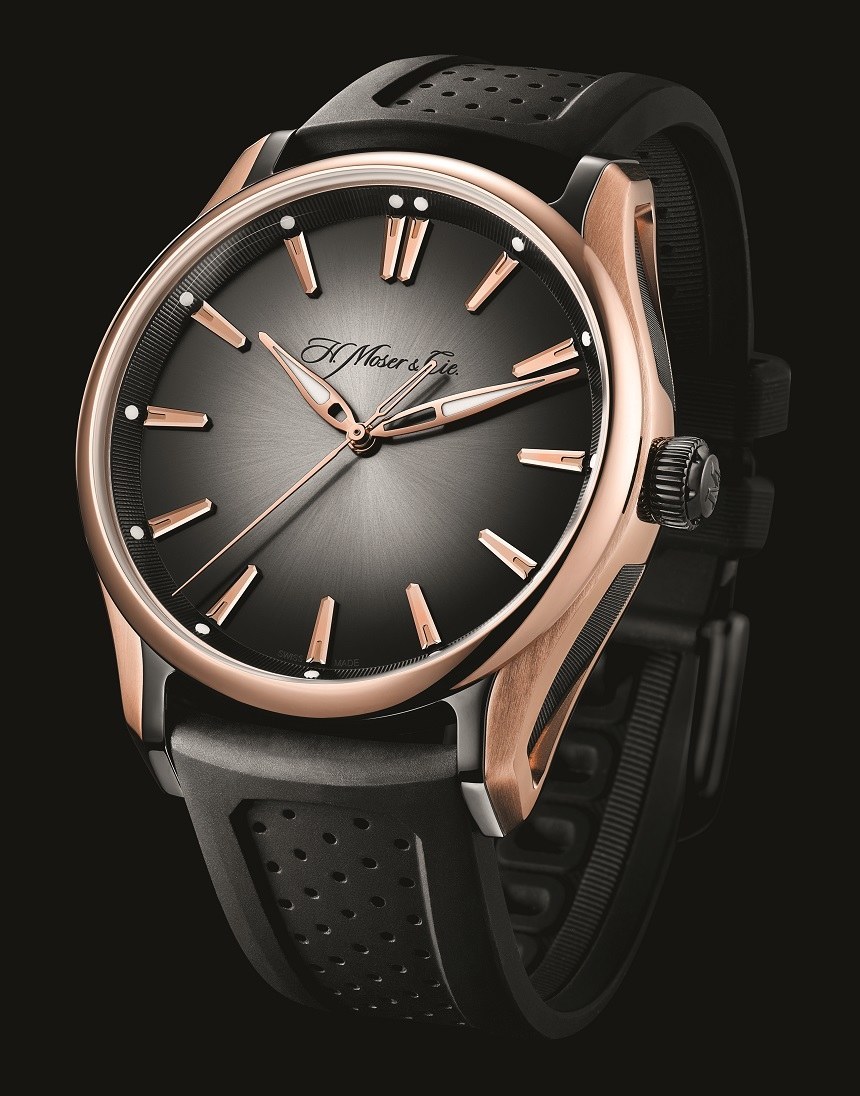
This is not an uncommon arrangement in modern watchmaking. With so few manufacturers capable of producing every component needed for the creation of a luxury watch, companies from specific areas of specialisation are often subsumed by or officially linked with major names. It is a happy marriage born of practicality and in the pursuit of prestige. Comparatively, it is no different to the Swatch Group’s ownership of ETA, or HYT’s “separate-but-combined” research center that focuses on the development of the fluids and capillaries used in the production of the end-product.
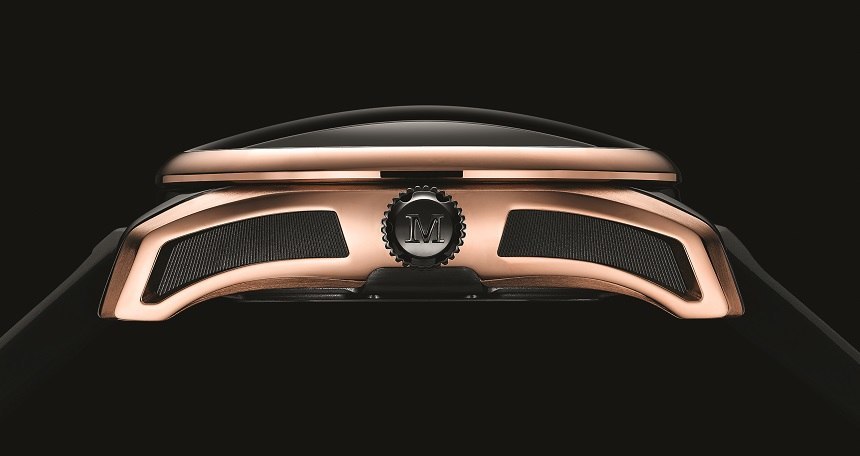
As well as this stomach-churning test, H. Moser has announced the launch of a new range of timepieces to mark this leap-forward in component analysis, the H. Moser & Cie Pioneer collection. The movements that will equip the new range were tested on board the parabolic flight that took place on September 22nd. Owning one of these watches is effectively owning a piece of history akin to the first Omega Speedmasters deemed worthy of space-travel. And although the H. Moser & Cie. Pioneer collection did not technically escape the bonds of gravity, they have, unlike most everything else, eluded them for a short while.
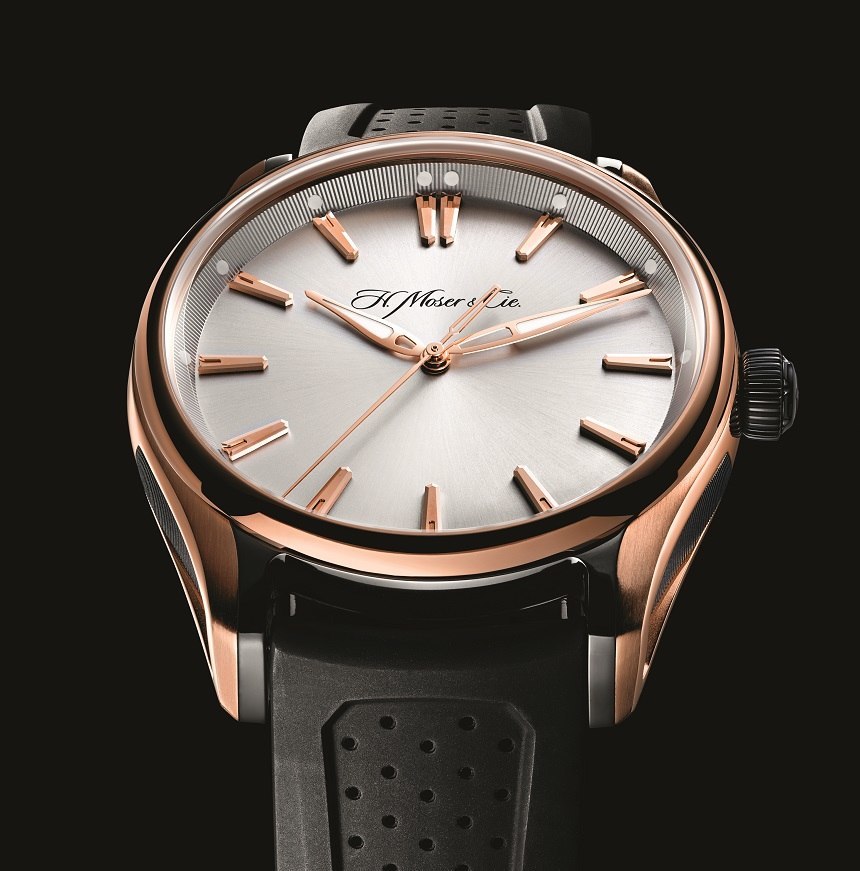
The H. Moser & Cie. Pioneer range consists of three models with identical specifications but differently coloured dials. Black, silver, and red fumé dials are available. The movement is an in-house calibre entitled HMC 230. It is 30mm wide and 4.7mm tall, and sits within an 18-carat red gold case measuring 42.8mm accross. The case flanks are enlivened by DLC-coated titanium inserts. The addition of media-blasted black components to a polished red gold base, adds a sporty and masculine feel to this otherwise dressy style. The DLC-coated flank inserts are also fluted and appear as if part of a brutal machine (the radiator of a classic car or the fins of a jet turbine, for example). The rubber strap sits between lugs that are 22mm apart and edged with DLC-treated protectors, continuing the theme from the side of the case and the black crown.
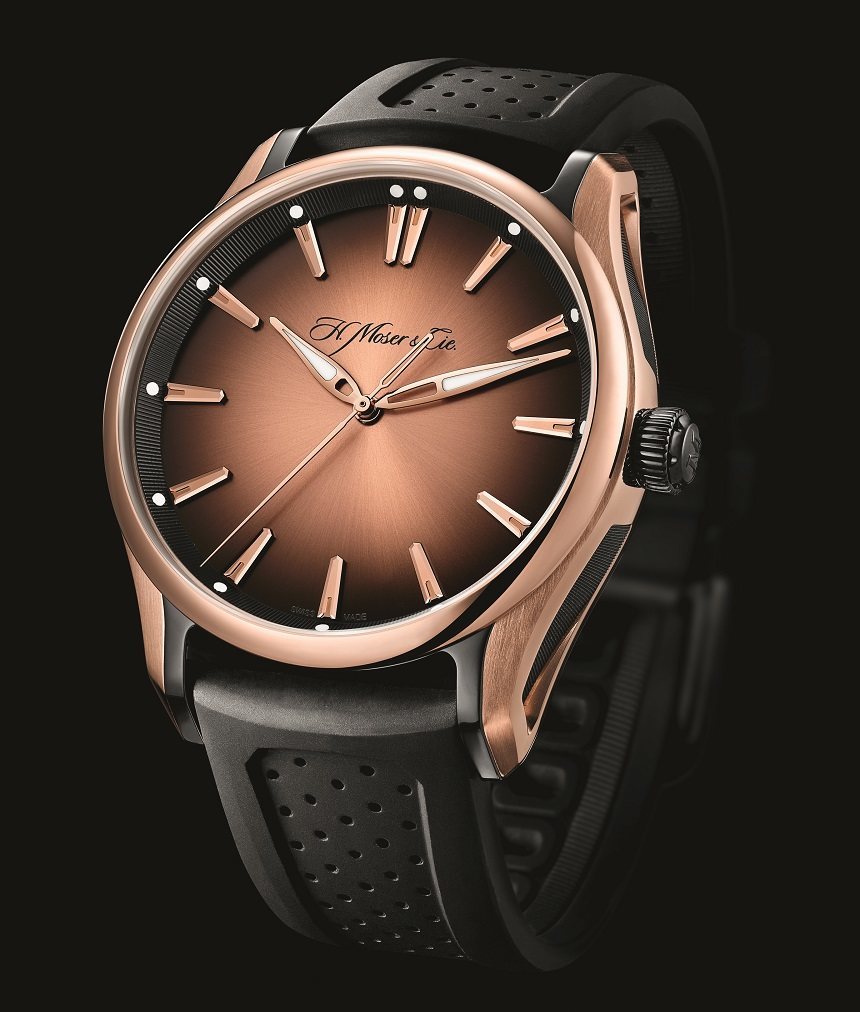
I like the limited colorways on offer and am interested by the omission of blue as a dial colour. I really like the rusty red, which offers something different. Blue, especially with the marketing campaign’s obvious association with the sky and space, would have been a straightforward option. I am impressed they shunned it in favor of something more unusual. The watch is water resistant to 120 meters, has an operating speed of 21,600vph, and a minimum power reserve of three days. All watches in the H. Moser & Cie. Pioneer collection are priced at $22,900 (CHF22,900). h-moser.com
